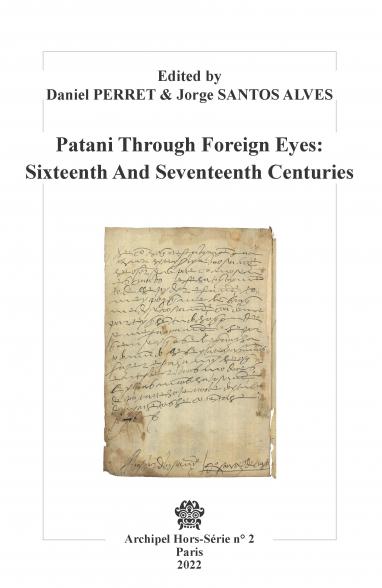Patani Through Foreign Eyes. Sixteenth and Seventeenth Centuries, edited by Daniel Perret & Jorge Santos Alves, Paris: Institut des Sciences Humanes et Sociales CNRS/École française d’Extrême-Orient/Institut National des Langues et Civilisations Orientales, 2022

The history of the kingdom of Patani, on the eastern coast of the Thai peninsula along the South China Sea, has attracted scholarly interest for nearly two centuries.
While the timing and circumstances surrounding its emergence remain unclear, the important economic role played by this kingdom in Asian trade during the 16th and 17th centuries led to the production of contemporaneous foreign written sources that unfortunately remain difficult to access. It is clear that these sources mainly provide information on the activity of foreign merchants. Furthermore, the impact of foreigners on the Patani kingdom cannot be measured based on the quantity of available sources. Nevertheless, when carefully analyzed, these also provide valuable information on the history of the kingdom itself that complements indigenous sources and broadens our knowledge on this economic, religious and cultural crossroads. This books has four main objectives:
1. To provide the original texts of a number of Iberian and Dutch sources from the 16th and 17th centuries with their translations into English. The majority of these sources are first-hand accounts of the kingdom of Patani.
2. To provide an overview of research conducted on these two centuries of the Patani kingdom, since Thomas John Newbold wrote the first account of this history, published in London in 1839.
3. To offer a first real synthesis on the place of Patani in Luso-Asian networks during the 16th and 17th centuries.
4. To use the various corpora of foreign and indigenous sources published to date to try to shed new light on Pataniʼs political, social and cultural history during this period.



